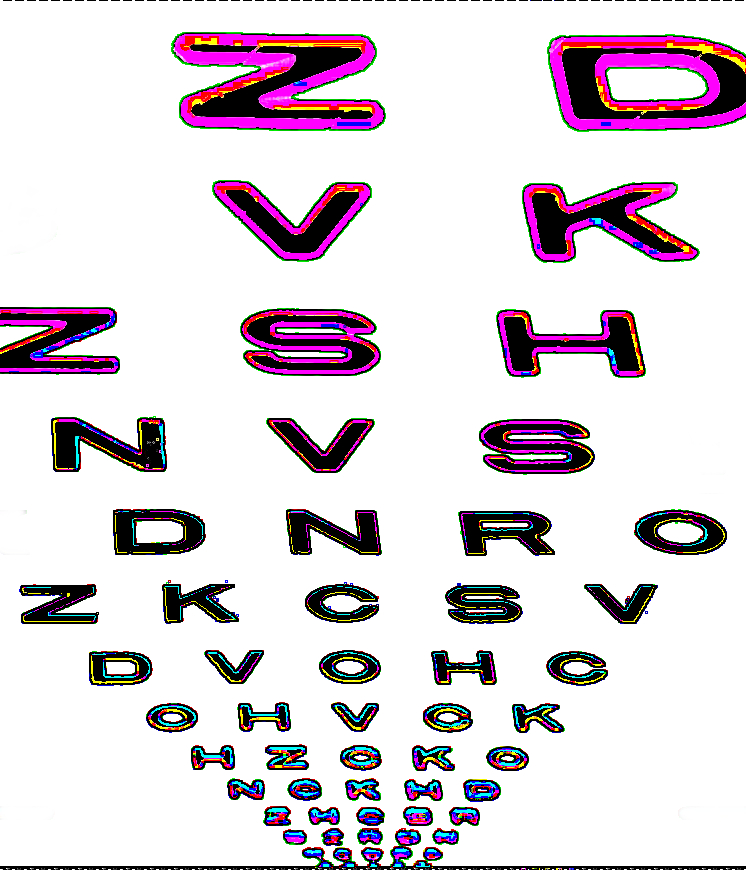Screens match eye defects for glasses-free focus
 Researchers have developed a new display that can correct for vision defects, removing the need for prescription glasses or contact lenses for viewing.
Researchers have developed a new display that can correct for vision defects, removing the need for prescription glasses or contact lenses for viewing.
“The first spectacles were invented in the 13th century,” says Gordon Wetzstein, an MIT research scientist and one of the display's creators.
“Today, of course, we have contact lenses and surgery, but it's all invasive in the sense that you either have to put something in your eye, wear something on your head, or undergo surgery. We have a different solution that basically puts the glasses on the display, rather than on your head. It will not be able to help you see the rest of the world more sharply, but today, we spend a huge portion of our time interacting with the digital world.”
Applications include dash-mounted GPS that far-sighted drivers could focus on more rapidly, electronic readers that eliminate the need for reading glasses, and dynamic visual aids to make sure information gets to everyone.
The technology works by projecting slightly different images to different parts of the viewer's pupil, using equipment based on mainstream glasses-free 3-D screens.
Essentially, the display simulates an image at the correct focal distance to allow for the mismatch that causes vision defects - somewhere between the display and the viewer's eye.
Excitingly, the screens appear to be able to reproduce a spate project by the same team, which uses a 3-D display to diagnose vision defects.
In the future the same device could, in effect, determine a user's prescription and automatically correct for it.
More details are available in the following video;








 Print
Print